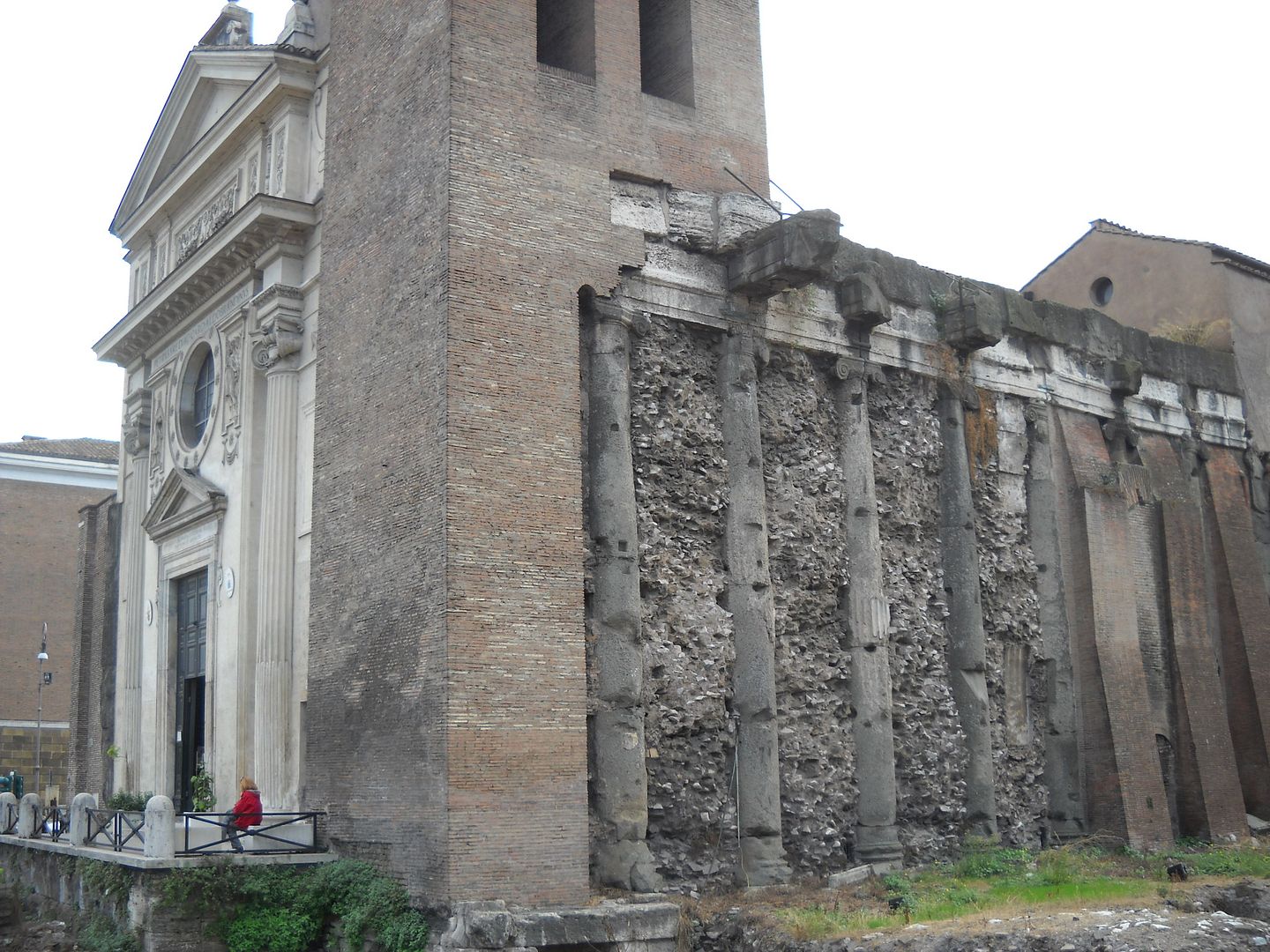greenleaf
Senior Member
To me, yes and yes. When the heritage building is hacked up instead of restored, then modernism (especially "Toronto school") seems to help because it is not overpowering. And the modern architecture often is enhanced by the contrasts.
Exception to the rule: I think the Bloor-Gladstone library was an epic fail. The new structure should have been taller or different in some other ways. Not a slavish copy of the original massing, this time in glass.
I like the copying with glass. I thought that was kind to the original structure and provided a nice similar yet different contrast. I'd like to see more of that, actually.







